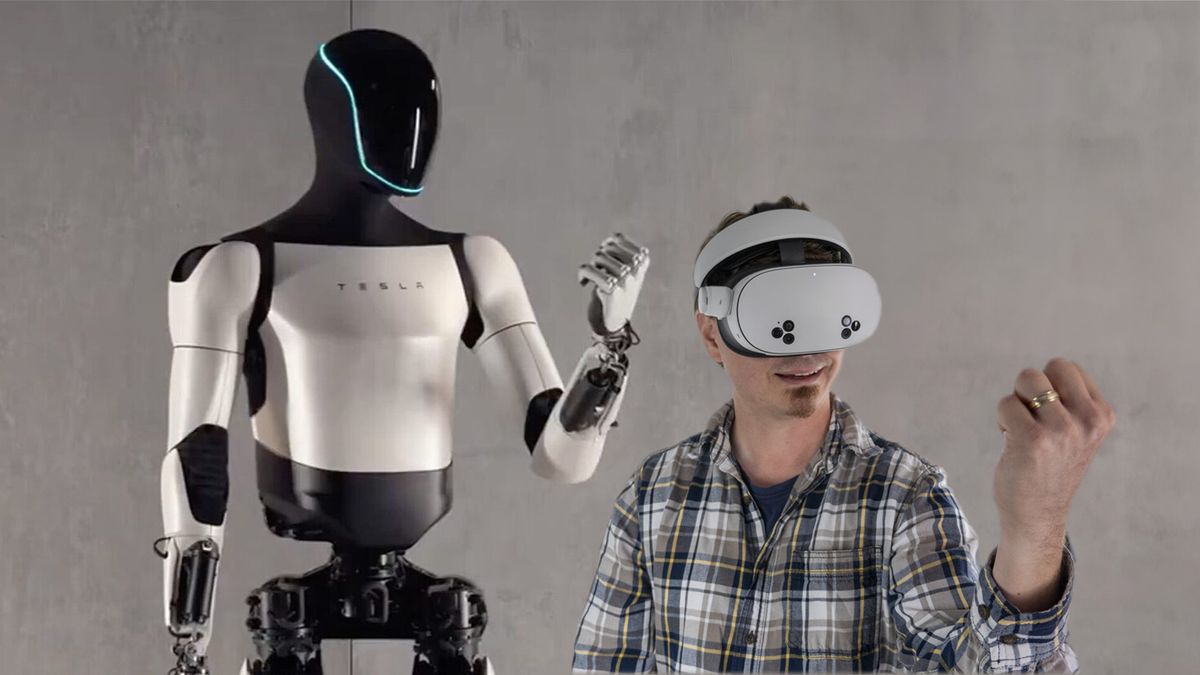Get the latest tech news
What the US Army’s 1959 ‘Soldier of Tomorrow’ Got Right About the Future of Warfare
Sixty-five years ago, the Army's leaders unveiled its “ultimate weapon” for the age of atomic warfare. Here’s how the service’s vision stands up to today's reality.
The soldier’s face was shrouded in a heavy “plastic laminate” helmet outfitted with infrared binoculars for night vision and a two-way radio for rapid communication, his body covered head-to-toe in a camouflage “layered nylon armor” purportedly designed to counter not just small arms fire but also the effects of a nuclear blast, as Army officials told The New York Times. Made from lightweight polyethylene and designed with integrated rails for the seamless inclusion of comms equipmentand night-vision devices, the IHPS even features an optional motorcycle-style “ mandible ” and eye shield for additional facial protection—a step closer to the distinctive “permanent smile” that creeped out onlookers in Washington decades ago, as contemporary newsreels described it. The Army has long experimented with helmet-mounted displays for decades as part of various “future warrior” programs, and the IVAS hasn’t been immune to the pitfalls of previous efforts —namely, complaints from soldiers about “mission-affecting physical impairments” like headache, nausea, and discomfort associated with prolonged use.
Or read this on Wired/cdn.vox-cdn.com/uploads/chorus_asset/file/25685273/cover_1729001611.jpg_resize_3300___crop_.jpeg)

